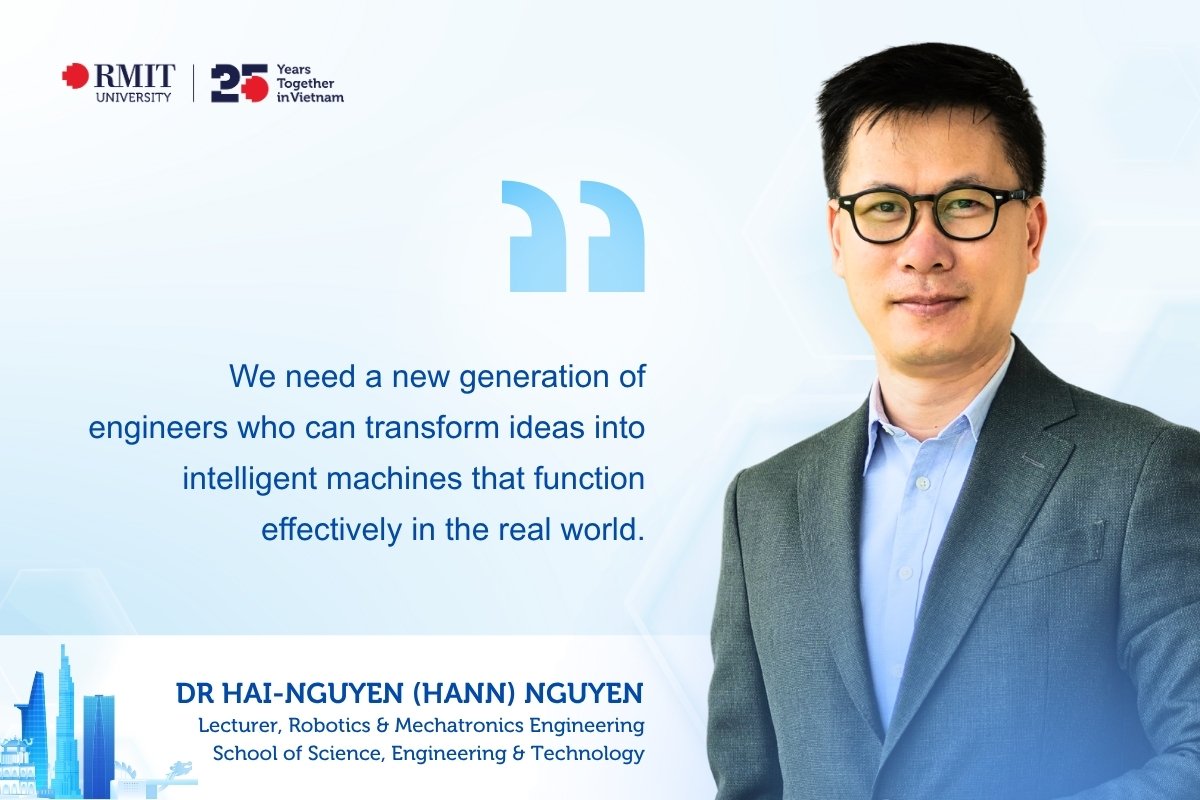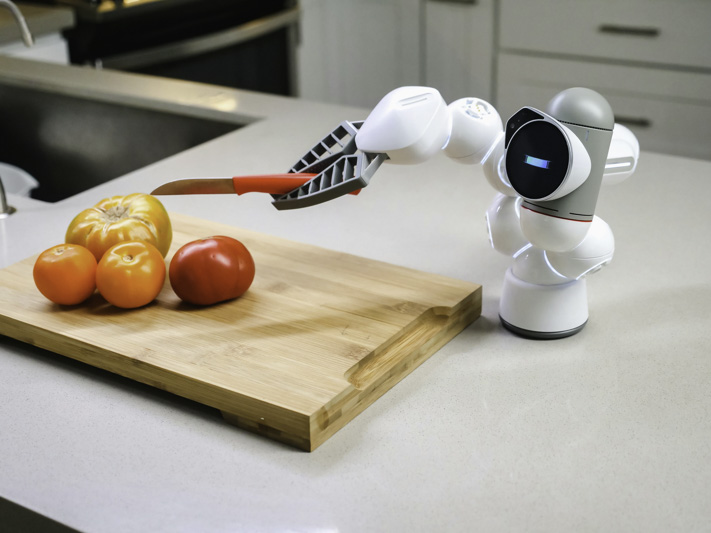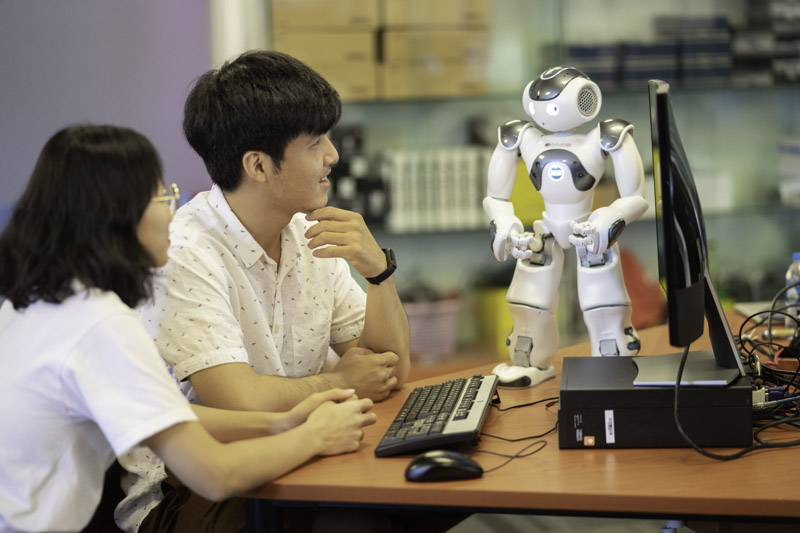Education reform is equally urgent. “We need engineers who can design, program, and deploy robots – true full-stack roboticists,” Dr Nguyen urged.
“Full stack roboticists are individuals who are not only proficient in hardware and software, but also deeply grounded in the foundational sciences that underpin robotics,” Dr Nguyen explained. “We need a new generation of engineers who can transform ideas into intelligent machines that function effectively in the real world.”
Yet, most current programs still teach hardware and software in isolation. The next step is to integrate these disciplines through hands-on projects, internships, and cross-disciplinary learning. This holistic approach is essential to cultivating the next generation of roboticists.
With institutions like RMIT Vietnam leading the way, we are well-positioned to drive this transformation – empowering students to become innovators who can build intelligent systems that thrive in real-world environments.
As a researcher and educator, Dr Nguyen felt the stakes are personal. “This is a once-in-a-generation opportunity for Vietnam,” he said. “We’re not only catching up, we’re shaping how robotics will be used in Vietnam as well as other emerging markets.”
To young people considering their future, his message is simple: be bold. “Robotics may be demanding, but it promises rewarding experiences and meaningful opportunities to impact society positively. If you want to build the future, this is your moment,” he said.
Vietnam 2050: The vision ahead is a thought leadership series powered by RMIT Vietnam’s academic experts, exploring what Vietnam could become over the next 25 years. Each article unpacks potential major shifts – from smart cities and education to tech and entrepreneurship – offering bold predictions and practical ideas for a future-ready nation. Discover more insights here.
Story: Ha Hoang
Thumbnail image: phonlamaiphoto | stock.adobe.com






